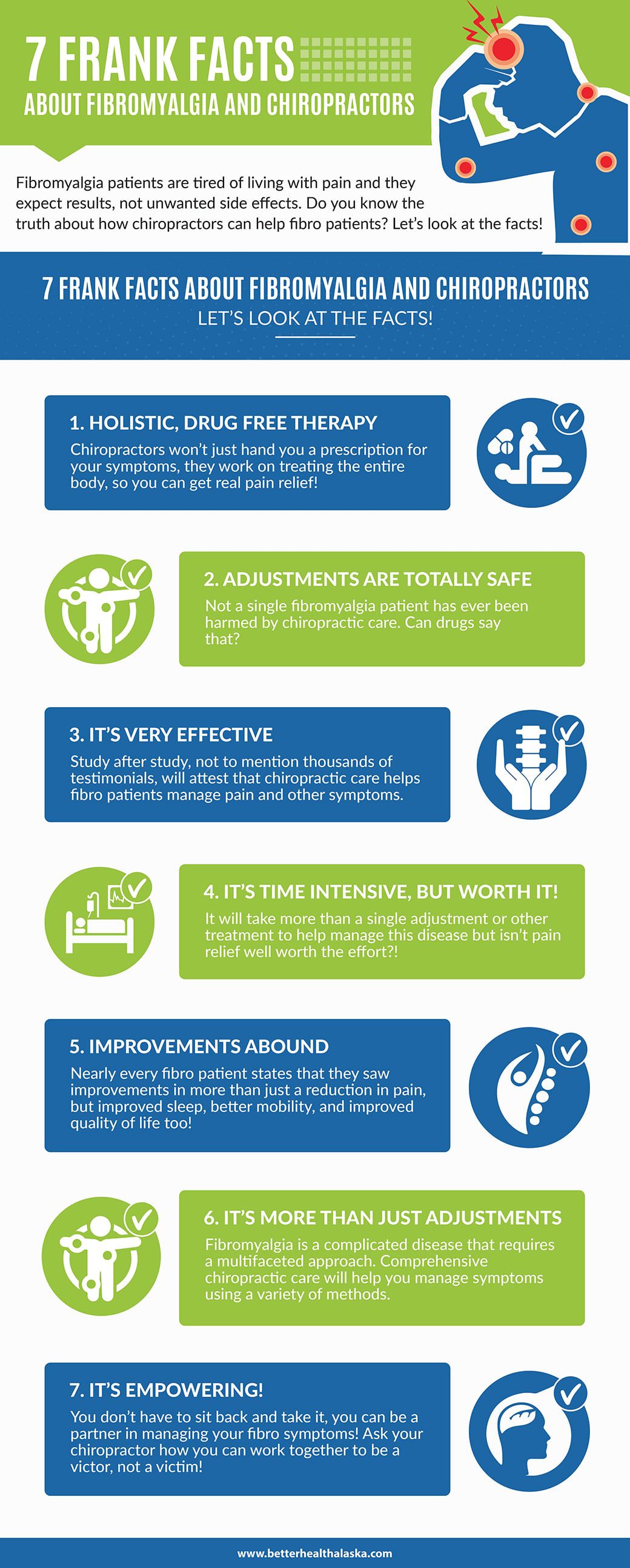Translating The Scientific Research Of Cold Laser Treatment: Discovering Its Mechanisms And Repercussions
Translating The Scientific Research Of Cold Laser Treatment: Discovering Its Mechanisms And Repercussions
Blog Article
Personnel Writer-Rush Roman
You may have heard of cold laser treatment as a promising therapy option for different problems, however have you ever questioned how it in fact works on a cellular degree? Recognizing the devices behind this therapy can clarify its efficiency in advertising recovery and reducing inflammation. By discovering the science behind cold laser therapy, you'll gain insights into the fascinating methods which light can influence mobile procedures and promote cells repair work.
Exactly How Cold Laser Therapy Works
To recognize how cold laser therapy functions, you require to realize the basic concepts of how light energy communicates with organic tissues. Cold laser treatment, also known as low-level laser therapy (LLLT), uses details wavelengths of light to penetrate the skin and target underlying cells. Unlike the intense lasers utilized in procedures, cold lasers emit reduced levels of light that don't produce warm or create damages to the cells.
When these mild light waves reach the cells, they're soaked up by components called chromophores, such as cytochrome c oxidase in mitochondria. This absorption activates a collection of biological actions, consisting of enhanced cellular power manufacturing and the release of nitric oxide, which boosts blood flow and decreases inflammation.
Furthermore, stress before and after can likewise promote the production of adenosine triphosphate (ATP), the power money of cells, helping in mobile repair and regrowth procedures.
Fundamentally, cold laser treatment harnesses the power of light power to advertise healing and alleviate discomfort in a non-invasive and gentle fashion.
Mechanisms of Action
How does cold laser treatment in fact function to generate its healing effects on organic cells?
Cold laser treatment, additionally known as low-level laser treatment (LLLT), runs through a process called photobiomodulation. When the cold laser is applied to the skin, the light energy permeates the tissues and is taken in by chromophores within the cells.
https://personal-injury-chiroprac06273.blogproducer.com/35413060/discover-the-benefits-of-cold-laser-treatment-a-comprehensive-guide , such as cytochrome c oxidase in the mitochondria, are then boosted by the light energy, resulting in a waterfall of organic reactions. One essential system of action is the enhancement of cellular metabolic rate.
The taken in light power increases ATP manufacturing in the mitochondria, which is critical for cellular function and repair work. Additionally, cold laser therapy helps to decrease swelling by inhibiting inflammatory mediators and promoting the launch of anti-inflammatory cytokines.
https://whatdochiropractorsdo72615.atualblog.com/35107421/free-yourself-from-tobacco-the-advantages-of-cold-laser-therapy-in-your-efforts-to-stop-smoking-cigarettes anti-inflammatory effect contributes to pain alleviation and tissue healing.
Therapeutic Effects
Recognizing the therapeutic impacts of cold laser treatment involves acknowledging exactly how the enhanced mobile metabolic process and anti-inflammatory properties contribute to its favorable results on organic cells.
When the cold laser is applied to the affected location, it promotes the mitochondria within the cells, leading to enhanced production of adenosine triphosphate (ATP), which is important for mobile function and repair. This boost in cellular energy increases the healing procedure by advertising tissue regeneration and reducing inflammation.
Moreover, the anti-inflammatory buildings of cold laser treatment help to reduce discomfort and swelling in the targeted area. By preventing inflammatory mediators and advertising the release of anti-inflammatory cytokines, cold laser therapy aids in alleviating discomfort and boosting the overall recovery action.
This decrease in swelling not only gives prompt alleviation however likewise supports lasting tissue repair work.
Conclusion
Finally, cold laser treatment works by promoting cellular repair and tissue regeneration through photobiomodulation. Its anti-inflammatory residential properties offer discomfort relief and lower swelling by inhibiting inflammatory mediators.
This therapy provides a thorough strategy to recovery, supplying both prompt alleviation and long-term cells repair service benefits.
With its mechanisms of action, cold laser therapy shows to be an effective and appealing treatment alternative for a selection of conditions.
